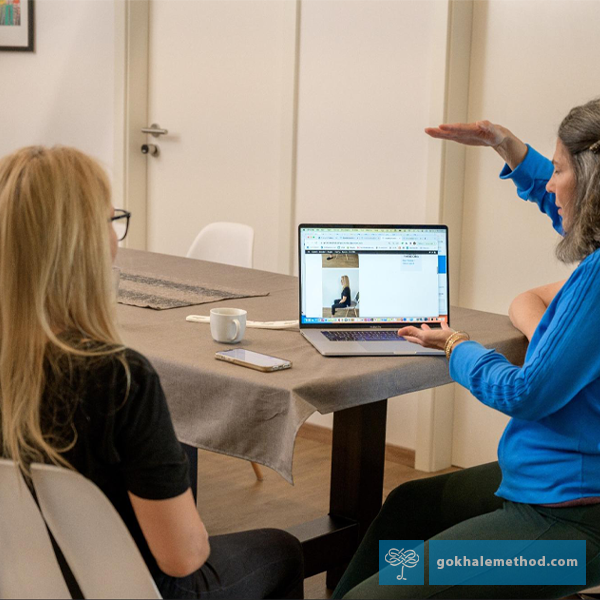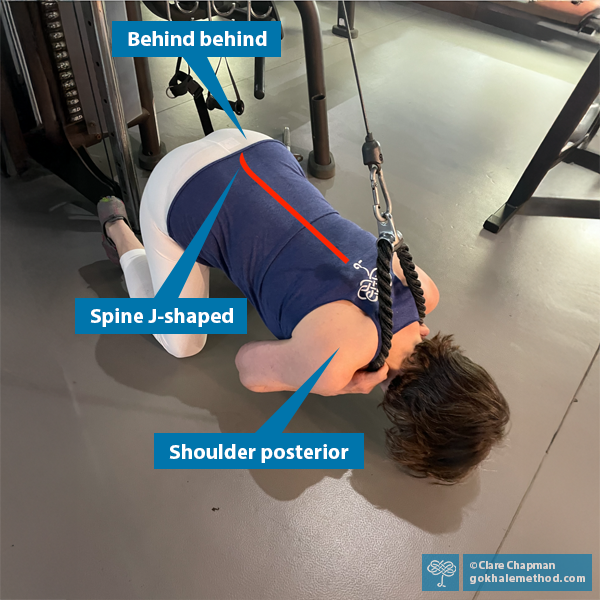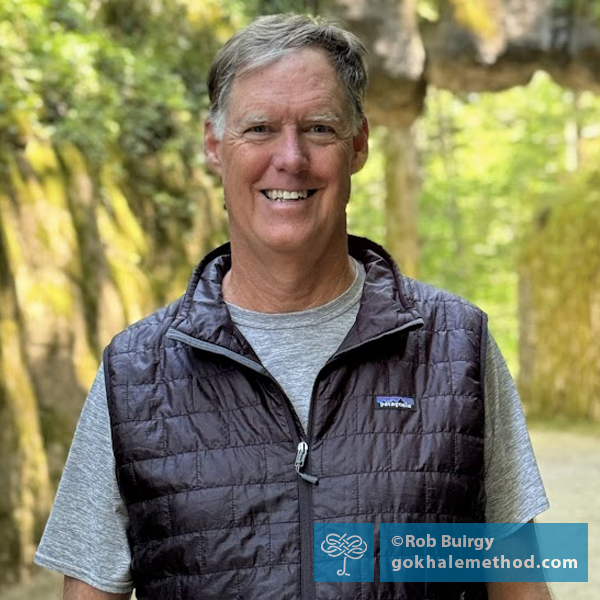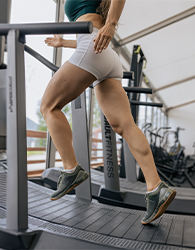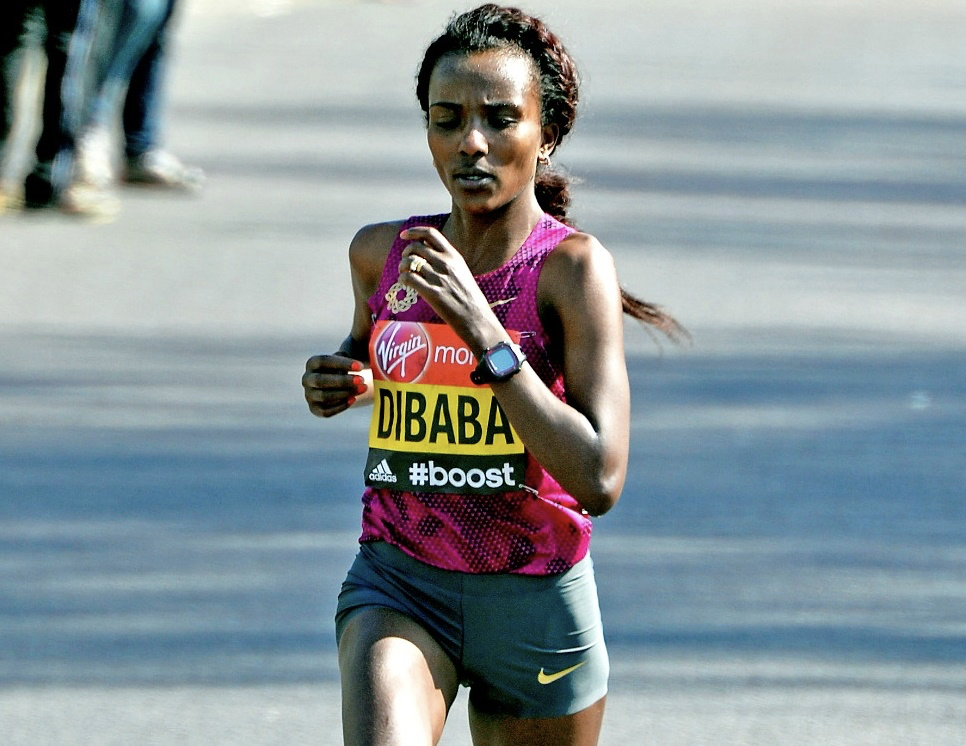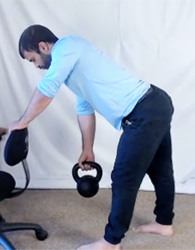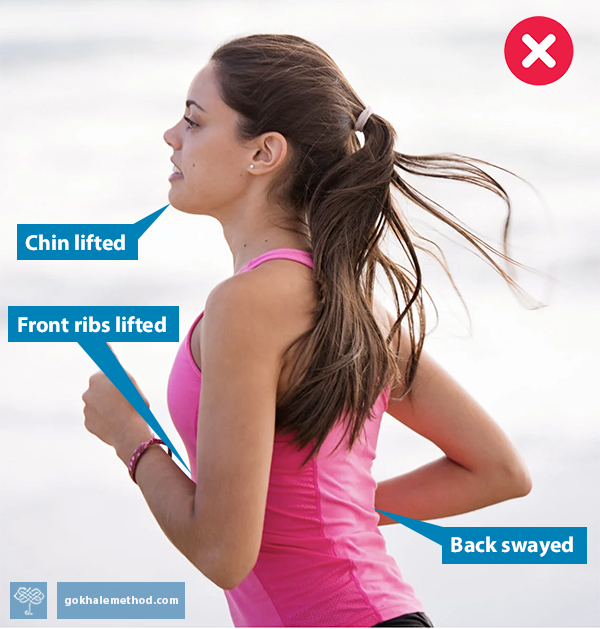Photographs reveal something profound when they capture people moving beautifully—seeing indigenous populations carrying heavy loads with ease, children sitting in perfect J-spine, elders in traditional cultures standing with grace and strength well into their later years.
The Best Exercise Trio to Beat Back Pain: Abs, Glutes, and a J-spine
People often come to the Gokhale Method® when they suddenly can’t enjoy what they love to do. Their days playing golf, sailing, dancing, hiking, or simply playing with their children or grandchildren, are threatened. Life becomes an obstacle course of injuries, pain, and rehab. Their body is no longer a comfortable home where they feel good and self-confident.
Tom Carter’s Back Pain Success Story
I’ve been doing therapeutic bodywork and massage for 25 years. One of my clients, who owns the garage that services my car, had trouble with his hip—I did what I could to help. About a month later he came back, and was walking much better. I asked him what had happened—and he told me he had taken some Gokhale Method® classes. Intrigued, I ordered Esther Gokhale’s book.
From Back Fracture and Knee Surgery, to Rafting and Hiking
Rob Buirgy reached out having sustained a multiple fragment compression fracture of his T12 vertebra (in the middle of the back). Despite being in a body brace afterwards, having already followed the Gokhale Method for a couple of years, Rob’s instinct told him that our method would be able to help him regain an active life. More recently, he has also fully recovered from a whole knee replacement. In this blog post he explains how healthy posture set him up for success…
—Esther Gokhale
Give Your Walk the Green Light!
The best art often communicates on many levels. The Walking Men 99™ exhibit is a great example. It consisted of a frieze of pedestrian crossing icons, photographed and assembled from around the world. At human scale, they mingled with passersby on the sidewalk.
Treadmill Training with Healthy Posture
During the Victorian Era, a British engineer, William Cubitt, invented the treadmill as a means of harnessing hard labor in prisons and penal colonies. It was also used unproductively, purely as a punitive measure. Despite this sordid history, the treadmill has become a highly beneficial and enjoyable device within the context of a contemporary lifestyle.
The sedentary nature of modern life in the industrialized world leaves most of us with less than the ideal amount of physical activity. In 1968 the importance of aerobic exercise was popularized by the book Aerobics by Kenneth H. Cooper. Inspired by this book, the first electric consumer treadmill was developed by another American by the name of William Edward Staub.
Glidewalking Deep Dive
Yesterday was midwinter day in the northern hemisphere. For many of us, this time of year means colder, shorter days, and a time when outdoor activities and social get-togethers can be more limited.
Get out walking
One thing we can do whatever the season is to get out on foot. Walking, done well, can significantly boost our circulation, burn calories, keep us warm, and assist our digestion—especially useful after rich and large festive meals! A good walk will also fill our lungs with fresh air and can boost our immune system to fight off winter bugs.
Such exercise, especially in nature, is known to lift our mood. We can enjoy the company of friends and family—or go solo for some peace and introspection, as fits. All these potential benefits and more are summed up in the Latin phrase, Solvitur Ambulando, which translates as “walking solves everything.”¹
Gliderunning: Part 6: Upper Body
Welcome to the sixth blog post in our series on running. My name is Michelle Ball, and I am a Gokhale Method® teacher living in Tasmania. I am also a lifelong runner and am passionate about sharing the benefits of healthy posture with the running community, be that beginners, seasoned runners, or anyone in between. Even if you walk rather than run, the posture principles outlined in this post can still help you to enjoy an active and pain-free body well into old age.
Running with a well-positioned upper body
In this post we will consider the upper body. Runners are inclined to pay far less attention to the upper half of the body than the lower half, as they focus on gait pattern, cadence, footwork, and propulsion. This is hardly surprising, but the lower body, while super-busy, really is just half the story.
Healthy posture in the upper body brings the following benefits:
Protected spinal structures
Improved biomechanics
Unimpeded flow and momentum
Support that makes the body feel lighter
Athletic appearance
The Best Way to Strengthen a Muscle
Using the word “eccentric” might sound like I’m about to write about muscles behaving in weird ways that are different from usual muscle behavior!
But what I’m referring to, eccentric muscle contraction, is often pronounced ee-sen-trik, not ek-sen-trik.
How muscles contract
Eccentric muscle contraction is the reverse of the concentric contraction that we typically associate with muscle training. For example, the dumbbell curl that makespops up the bicep prominent as you lift the weight towards your shoulder is a concentric contraction. The muscle contracts and shortens. But lowering the dumbbell back down again, which requires the muscle to lengthen, also takes
Gliderunning: Part 5: Anteverted Pelvis
Welcome to the fifth blog post in our series on running. My name is Michelle Ball, and I am a Gokhale Method® teacher living in Tasmania. I am also a lifelong runner and am passionate about sharing the benefits of healthy posture with the running community, be that beginners, seasoned runners, or anyone in between. Even if you don’t run, but do want an active and pain-free body well into old age, this blog post is for you!
What is an anteverted pelvis?
Pelvis refers to the bony pelvis, and means basin, or bowl, in Latin. Anteverted means tipped, turned, or inclined forward, from the Latin ante to go before or in front, and vertere to turn. So we are referring to a pelvis that tips forward.

